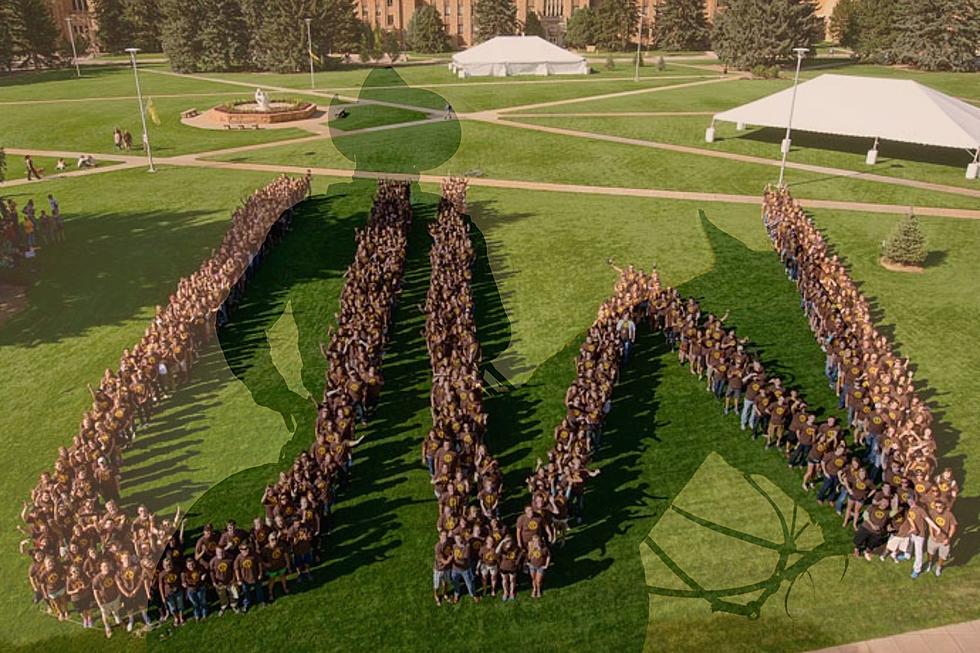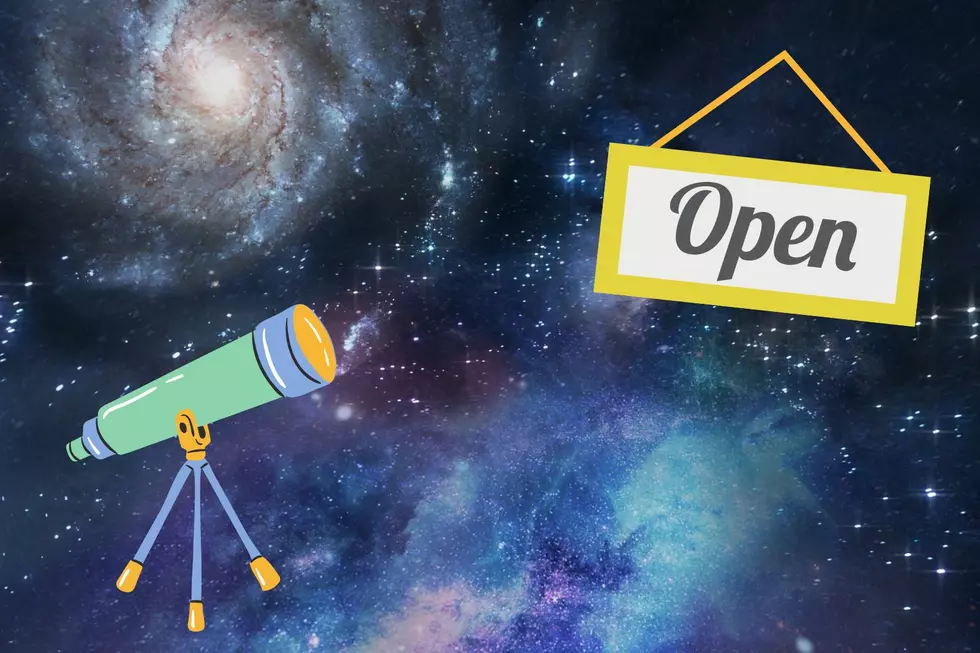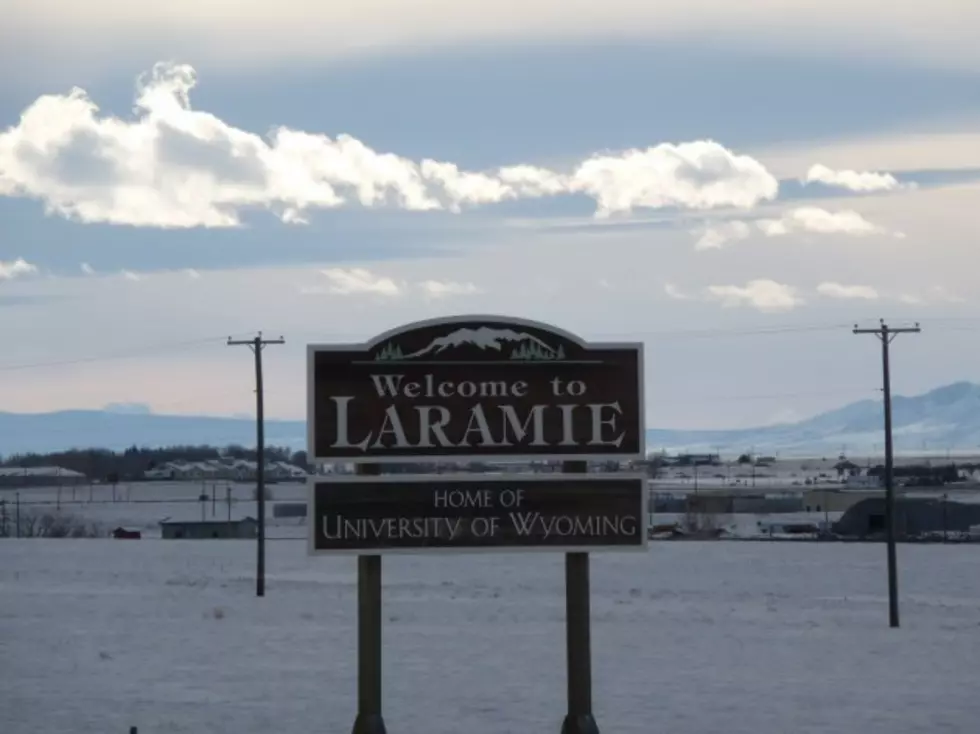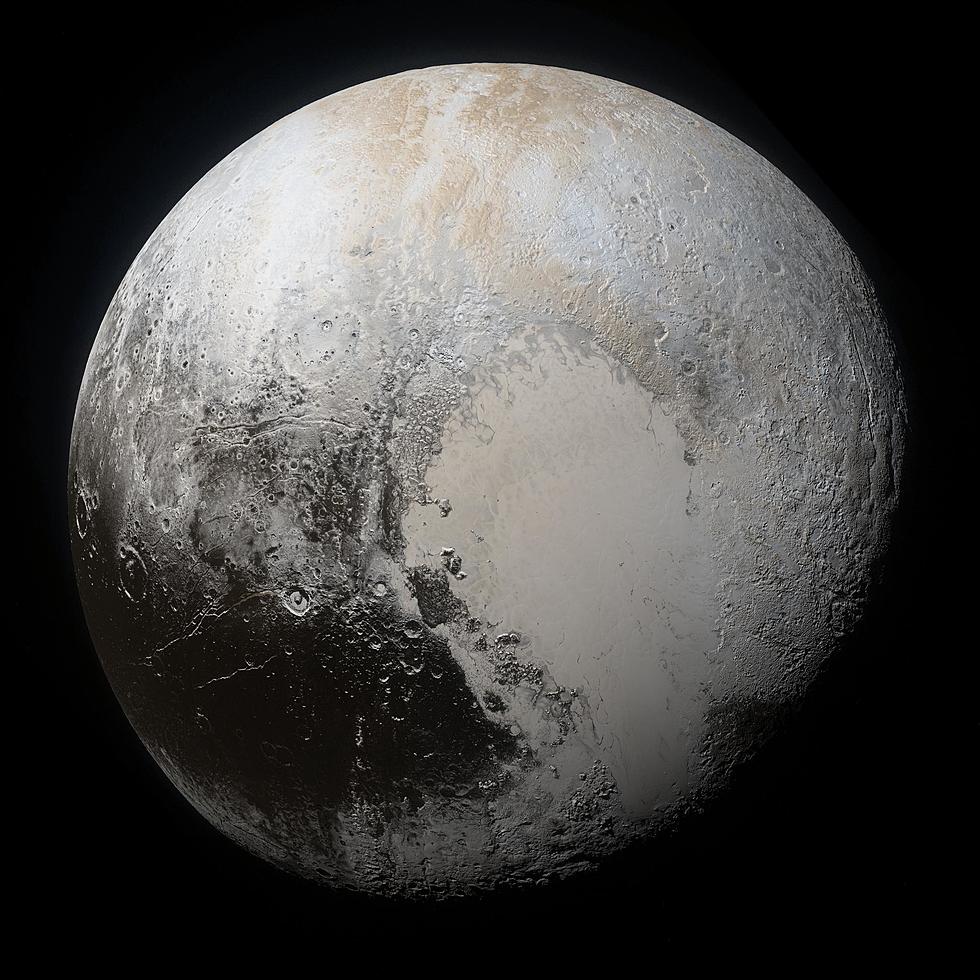
Gift Will Transform UW Planetarium
University of Wyoming release:
An $875,000 gift from the Windy Ridge Foundation will modernize and transform the University of Wyoming Planetarium through a comprehensive renovation of the existing space and extensive technological upgrades.
The gift will support renovation and technological upgrades; the undergraduate and graduate students who staff the planetarium; maintenance of and future upgrades to equipment and technology; and will allow the planetarium to accommodate K-12 school groups at a reduced cost. The gift will be funded over five years.
The planetarium will be renamed the Harry C. Vaughan UW Planetarium, honoring the Windy Ridge Foundation’s founder who was a professor of meteorology in the Iowa State Department of Geological and Atmospheric Sciences. Vaughn taught courses in meteorology, earth sciences and agronomy and, before teaching at Iowa State, he worked at the Ames Laboratory.
Upon retirement, Vaughan moved to Laramie because it is an academic community, and he befriended a number of faculty members in the Department of Atmospheric Science. He devoted his time to his love for astronomy -- he built a personal observatory in his backyard to make his own astronomical observations and also mentored UW students.
“Harry Vaughan was a scientist, a science educator and a serious amateur astronomer,” says Dennis Cook, Windy Ridge Foundation director. “His passion in life was to encourage children and young adults to discover the wonders of science and to pursue their education in the sciences. The updated planetarium’s ability to capture the imagination of Wyoming K-12 students by showing them the wonders of the universe with the planetarium’s state-of-the-art technology is a perfect fit for the goals Harry established for his Windy Ridge Foundation.”
Constructed in 1969 and refurbished in 2000, the UW Planetarium serves astronomy enthusiasts of all ages. Part of the UW Department of Physics and Astronomy, it is located beneath the east side of the UW Classroom Building.
The planetarium receives approximately 3,000 visitors annually, including K-12 school groups that visit throughout the year. It serves as a teaching laboratory for introductory astronomy courses and, on Fridays, themed shows draw in members of the community.
The planetarium’s shows are now projected using a Spitz star ball, which mimics the distribution and intensity of stars in the night sky by projecting hundreds of tiny dots of light onto the planetarium dome. The movements of the star ball simulate the motions of the heavens and can be controlled manually or through keyboard automation. Spitz star ball technology was first introduced in 1964.
“The technology will be state of the art as well as transformative, enabling tremendous opportunities for developing and providing presentations that can be tailored to our community,” says Danny Dale, head of the Department of Physics and Astronomy. “The facility will provide unique training opportunities for our students and undoubtedly spark an interest in science in the next generation. It also will serve as a nice complement to the Geology Museum for visitors looking for fun educational experiences in Laramie.”
The Windy Ridge Foundation gift will advance the technology to a digital planetarium, which includes more creative educational and entertainment possibilities. Full-dome shows provide 3-D immersive media experiences, and traditional star shows can be replaced with far more interactive presentations, similar to an IMAX theater.
These experiences include zooming through space at warp speed; flying by Jupiter and the other gas giants in our solar system; traveling past Pluto; and passing through the outer asteroid belt. Such cosmic tours can ultimately go beyond our own Milky Way and explore distant supernovae, gigantic black holes and the formation of galaxies in the farthest reaches of the universe.
More From Laramie Live









